Equipping the energy grid towards meeting demands of progress
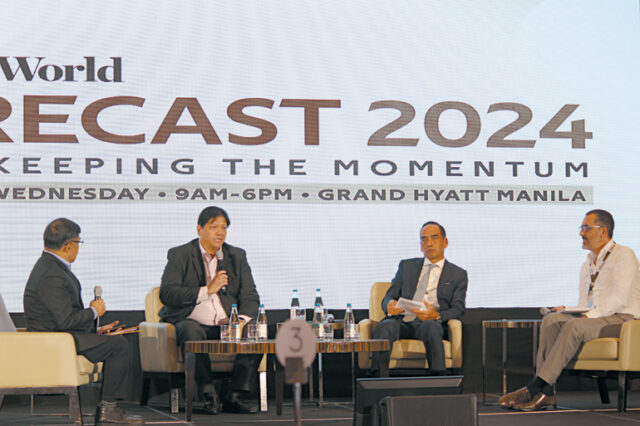
By Bjorn Biel M. Beltran, Special Features and Content Assistant Editor
Development has many demands, and one of the most pressing is economic growth’s insatiable appetite for energy. While in the past, meeting such demands could be met quite comfortably with fossil fuels like coal and oil, for the modern world the task is not quite as simple.
As the world grapples with the urgent need to combat climate change, for the Philippines in particular as an archipelagic country, transitioning to clean energy sources has emerged as a critical priority. With the increasing global awareness of the environmental impact of fossil fuels, governments, organizations, and individuals are now facing the challenge of shifting towards sustainable alternatives.
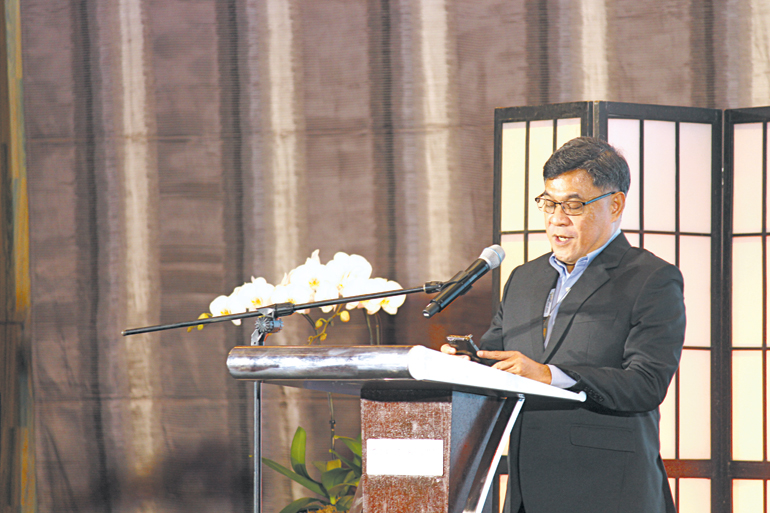
But while the benefits of clean energy are undeniable, this path to transition is fraught with hurdles. One of the significant challenges in transitioning to clean energy is the sheer scale of the task.
The existing energy infrastructure built around fossil fuels is deeply entrenched and highly reliant on established technologies, supply chains, and economic models. Replacing this infrastructure with clean energy systems requires substantial investments, technological advancements, and a comprehensive overhaul of the energy sector. Additionally, the intermittency of renewable energy sources, such as solar and wind, poses challenges in terms of reliability and grid integration.
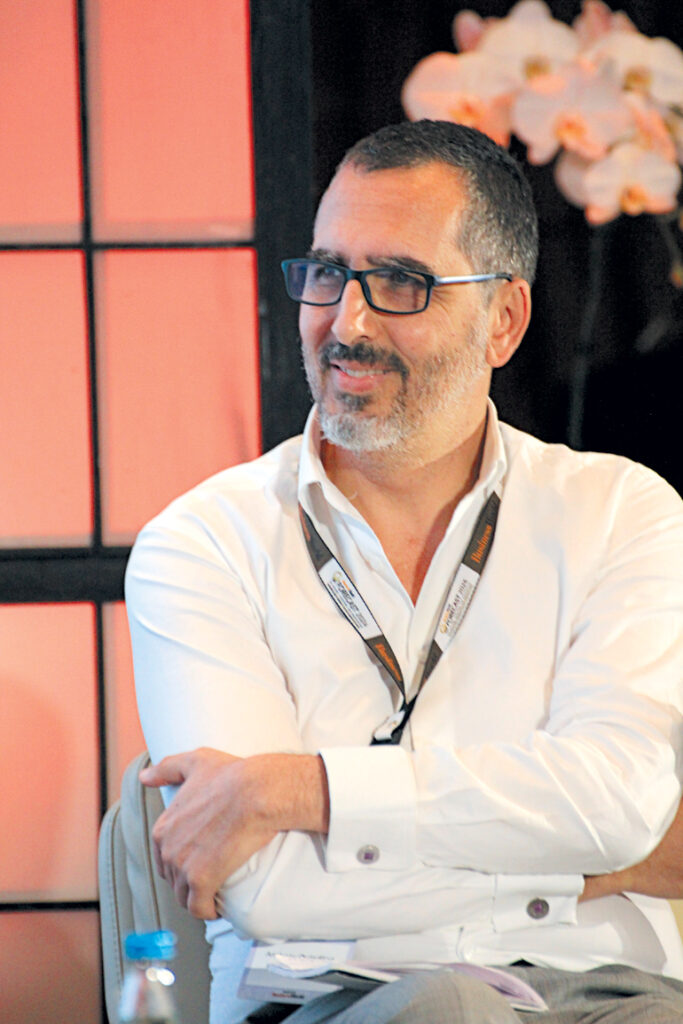
Such points were raised in a panel discussion on the future of Philippine energy at the BusinessWorld Forecast 2024 forum. Anthony Oundjian, managing director and senior partner for Manila at Boston Consulting Group, noted that factors like global inflation, the Ukraine-Russia war, and general supply chain bottlenecks are major factors in the hampered progress towards a cleaner energy grid.
“The crisis, if you want to call it a crisis, is in fact a convergence of a couple of factors that are shaping the energy system. Of course, we aspire to get reliable, clean, and affordable energy. But in each of these dimensions, the last few years have not been quite smooth,” Mr. Oundjian said.
“If we take reliability, we have a dip in production related to COVID (coronavirus disease) like three years ago; and in many dimensions, we are not quite back where we are or quite back to the growth trajectory that we have embraced.”
He mentioned that pressures to enact a clean energy transition are mounting every year, with the materiality of the impact of climate change becoming clearer as time goes on. Some countries went very far from the Philippines in taking measures that are really driving the sector and the adoption on this front.
“Finally, affordability is affected by a set of factors not just by the imbalance between supply and demand that we will expect (but, of course, that is one factor) but also related to inflation in many other sectors. We are at the point where supply is constrained, the climate action has never been so high, and we are facing a pressure on prices. That is our challenge,” he said.
Abotiz Power Corp. (AboitizPower) President and Chief Executive Officer (CEO) Emmanuel V. Rubio said that there is a need to balance “variable” renewable energy (RE) sources to ensure grid preparedness for its buildout.
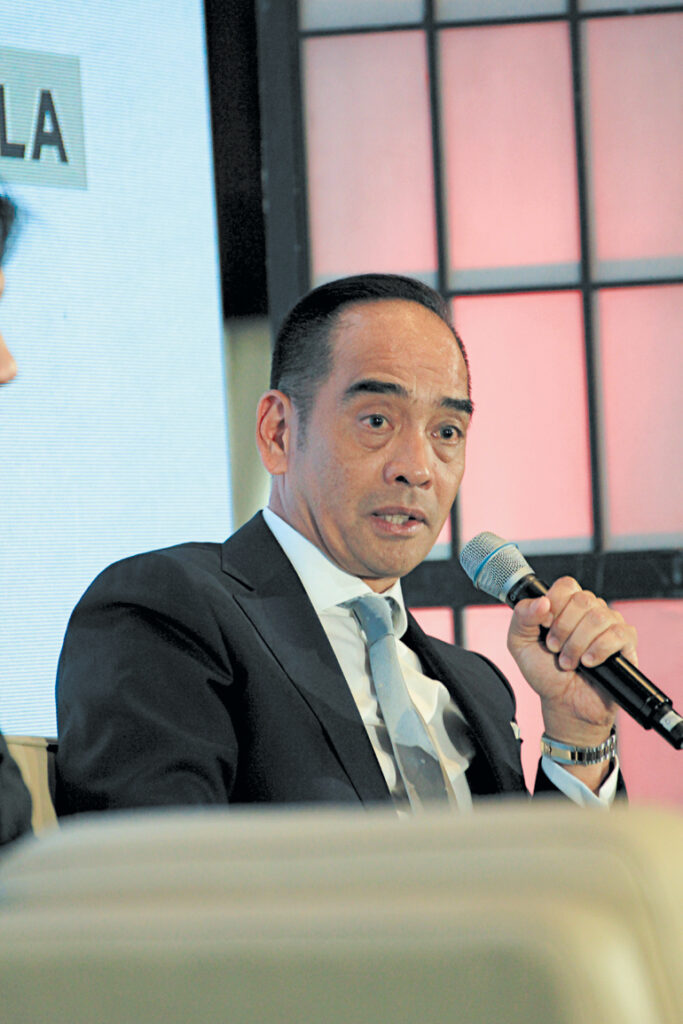
“One thing that needs to be discussed in this transition — and there has to be a transition towards green energy — is the variability of renewables. People are talking about the low costs of generation from wind and solar. Sure, of course, the resource is free once you’ve invested on the capacity; but what is not being discussed is the energy needed to balance the variability of solar and wind, to the point that I believe that variable renewable energy has a cap in terms of grid penetration. When it gets to a certain level of capacity in the grid, the grid may not be able to manage it,” he said.
Previously, AboitizPower set its own target net attributable capacity of 9,200 megawatts and a 50:50 balance between its RE and thermal portfolios by the end of the decade.
As of end-2022, renewables accounted for about 22% of the Philippines’ power generation mix. The government wants to increase the share to 35% by 2030 and 50% by 2040.
Mr. Rubio added that the country’s energy transition needs to consider a lot of things.
“It’s easy to actually discuss and simplify things, but it’s not simple. The transition has to be well-managed and well-planned; and every time there’s a discussion on transition to cleaner energy, I think what has to be put into the table is also about climate justice and energy equity,” he said.
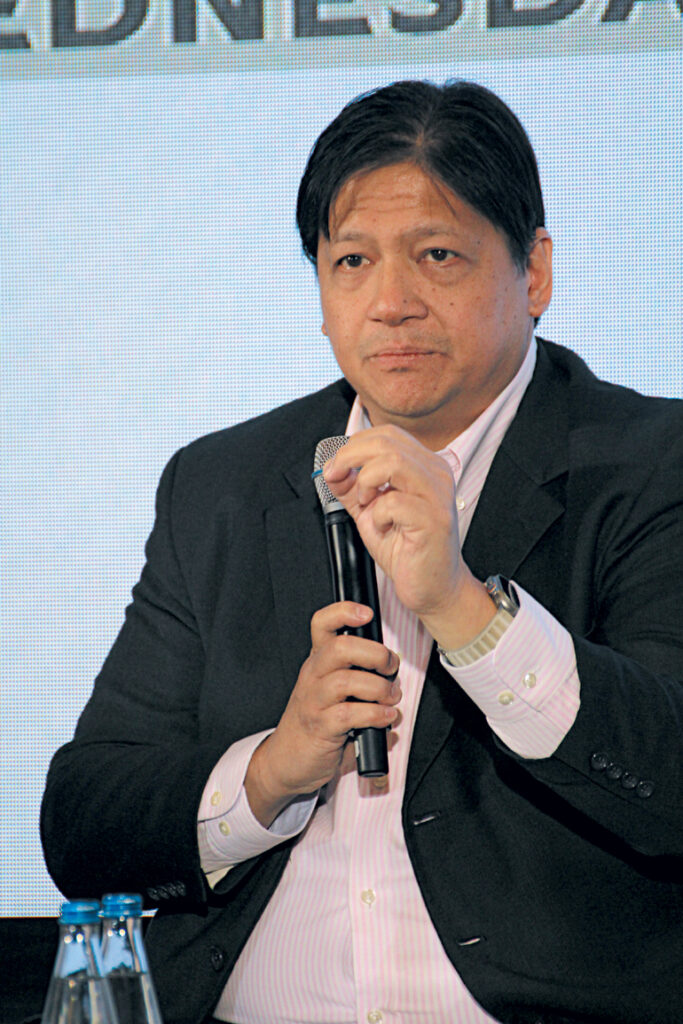
John Eric T. Francia, president and CEO of ACEN Corp., pointed out that the country’s current strong growth makes it much more difficult to meet the requisite energy demands from renewables alone. That fact has contributed to a decreased share of renewable energy in the country’s energy grid.
“In 2010, the share of renewables out of the total output was close to 30%. Today, it’s down to 22%. This is ironic because it was in 2008 when the RE Law was passed. But, because of the strong growth of the country over the last decade or so, a lot of the new capacity we have built was from coal plants; and only about 3,000 megawatts was from renewable energy. That’s how the renewable energy mix declined, how we got to where we are today,” Mr. Francia said.
The Philippines would need an additional 18,000 MW of renewables to adjust to the low capacity factor of solar and wind resources, he pointed out.
“We don’t think that geothermal potential in the Philippines would close that gap of 5,000 megawatts of renewables. We believe that a lot of that will be driven by solar and wind, which have low output or low capacity factor,” Mr. Francia added.
“When we now look forward, by 2030 and beyond, the country is growing at 5%-6% per year; and that translates to about 1,000 megawatts of new capacities that we need to build every year,” he said, noting that for the next seven years and beyond the country will need to build around almost 6,000 MW of “clean” capacity, which is to be driven by solar and wind sources.
Currently, ACEN has approximately 4,430 MW of attributable capacity spanning the Philippines, Vietnam, Indonesia, India, and Australia.
ACEN is building solar and wind power projects with a total capacity of 1,100 MW, of which 700 MW is expected to be operational in the next three to six months, Mr. Francia said.
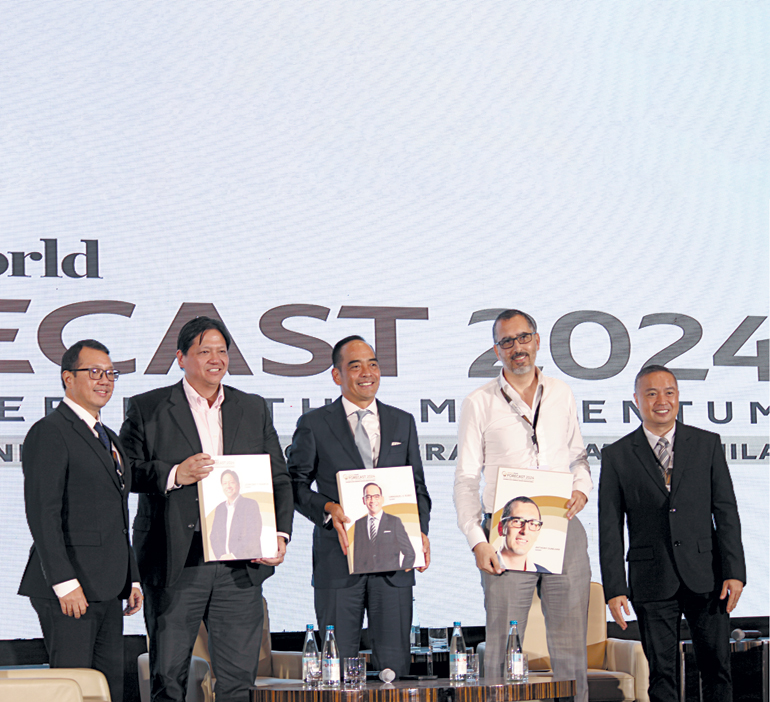
“I think we’re at a pivotal moment. We’ve reached a point where we need to do things differently, and we need to ensure and keep a cycle of investments. For the next five to ten years, we should probably invest more than we’ve invested in the previous decade,” Mr. Oundjian said.



